Characteristics of the currency pair USD/JPY
USD/JPY denotes the value of the currency of the Japanese yen. The exchange rate indicates the purchasing power of the Japanese currency, which depends on the purchasing power of the U.S. dollar. Therefore, when the value of the Japanese yen changes, it can have a significant impact on the purchasing power of the U.S. dollar. USD/JPY is widely used by financial institutions around the world.
USD/JPY is the fourth most traded currency pair after EUR/GBP and USD/CHF. When trading USD/JPY, it should be noted that the closing price of the Japanese yen is lower than the opening price of the U.S. dollar. In general, USD/JPY has the lowest daily trading volume among the four major currency pairs.
Historical data also plays an important role in determining the strength and weakness of the USD/JPY pair. The strength of the pair depends mainly on the performance of the Japanese economy. Based on recent economic events in the country, there can be a clear trend between the performance of the state and the USD/JPY exchange rate. The strength of USD/JPY is strongest during economic recessions and recessions, while USD/JPY weakens significantly during periods of economic growth.
USD/JPY is an important economic pair, which is heavily influenced by the economic policy of the United States. USD/JPY reflects the degree of confidence in the U.S. economy. A key factor of strength and weakness of USD/JPY is the dynamics of interest rates, as well as the strength and weakness of the U.S. debt economy.
What are currency pairs?
A currency pair, otherwise known as a financial contract, is a specific valuation of one currency against another at a fixed exchange rate. Such contracts can be between any two countries or between any two institutions. There are other types of financial contracts involving currencies.
There are four basic currency pairs on the market. These are USD/CAD, USD/JPY, USD/CHF and GBP/USD. They are known as the major currencies because they play a key role in the balance of power in the market.
A popular currency pair in the market is USD/JPY. It is also known as the quote currency USD/JPY. The function of this quote currency is to provide a quick reference price for trading pairs in the base currency. For example, a USD/JPY quote shows the current price of the Japanese Yen relative to the U.S. Dollar. The base currency is usually the U.S. dollar, but it can be changed as desired. Quoted currency USD/JPY is widely used in the market.
Currency prices
Traders use currency prices to determine the exchange rates between two currencies. When a trader is asked what the current exchange rate is, he or she may reply "it's probably the strongest currency currently traded. Currencies are usually traded against each other in pairs, and each pair is usually quoted in pips to four decimal places. Currency prices change depending on various factors, such as political and economic events, trade and financial flows, the world market, and demand for a particular currency.
Economic indicators, including gross domestic product (GDP), interest rates, unemployment, inflation, and other economic indicators, can affect foreign investment differently. Political stability is an important factor affecting currency prices. Economic indicators such as GDP growth, interest rates, and unemployment can affect currency prices because they can signal major changes in the domestic economy. For example, when inflation is high, which occurs when the cost of goods and services increases, the exchange rate between the two currencies will rise.

An important part of the foreign exchange market is the exchange rate, which is called the forex market. The foreign exchange market is the buying and selling of currencies for profit. The main currencies that are traded in the market are the U.S. dollar, European euro, Japanese yen, British pound sterling, and Swiss franc. Exchange rate plays an important role in determining the value of a particular currency. A floating exchange rate is often used to refer to the exchange rate.
Other factors that affect the value of a currency include interest rates. When inflation occurs, the demand for currency tends to increase. Inflation also increases the value of some currencies. Consequently, the number of currencies in circulation tends to increase, resulting in higher prices for these currencies.
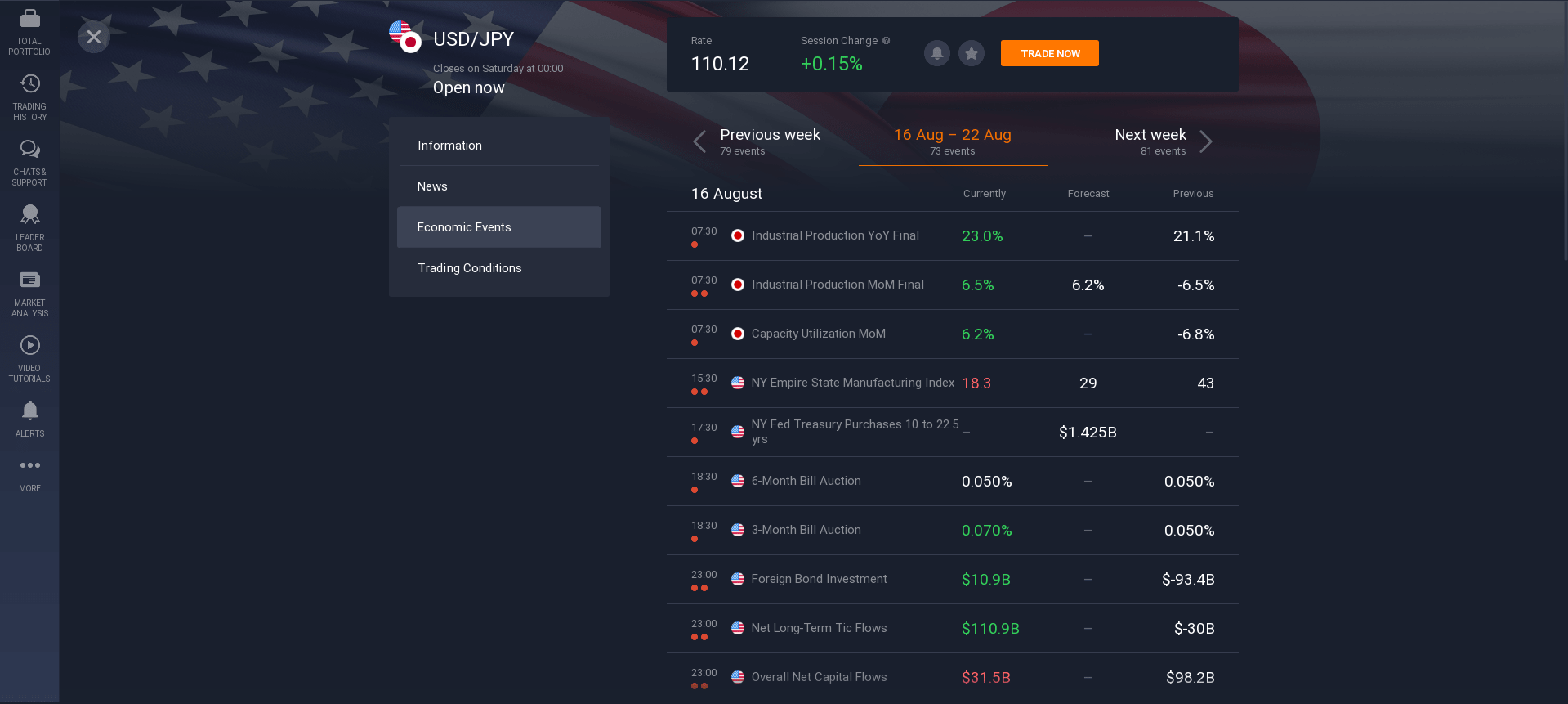
Other factors that can affect currency prices include the state of the real estate market, the stock market, the commodities market and international trade. Many traders buy currencies to speculate on their rise or fall. This form of trading is called speculation or the business of currency speculators. Speculation is done by buying and selling currencies based on their possible decline or rise relative to other currencies.
On the other hand, currency rates can be affected by political and economic situations in different countries. For example, a stable government can mean a stable exchange rate. Economic growth and low inflation can also lead to stable exchange rates. Economic or financial indicators such as the consumer price index (CPI), gross domestic product (GDP), unemployment, and the gross domestic savings rate also affect exchange rates. On the other hand, currency speculators may buy or sell certain currencies based on a projected fall or rise in their exchange rates relative to other currencies.
Trading sessions
The foreign exchange market is where the world's major currencies are traded. The U.S. dollar and the euro are the two most common currency pairs traded on the market. Other currencies, are the Japanese yen, the Swiss franc, the Australian dollar, the British pound and the euro. Daily trading volume in the market averages over $3 trillion. Trading volume and activity levels can fluctuate greatly depending on many factors, including local and regional economic conditions in the various countries where the international markets are located.

As there are many different time zones, the interaction between currency traders is global. In order to participate in the market, one must be able to observe and trade anywhere in the world at any time. For example, in Europe there are two time zones and a six-day week. In Asia-Pacific, there are five time zones and fourteen-day weeks. All this makes it very difficult to trade any other way, such as going to the financial center of your country to trade a currency pair.
Shorter trading sessions also increase liquidity. The more trading capital in one market, the higher the liquidity, which means it is easier to find buyers and sellers for any currency pair. The higher the liquidity, the lower the spreads (the difference between the bid and ask prices). Smaller trading sessions tend to result in smaller spreads, but this has a downside. Smaller trading sessions create gaps in time between major buyers and sellers, resulting in smaller bids and offers, and therefore smaller spreads.
The longer the trading session, the more time you spend looking for a buyer. You are more likely to find potential buyers faster in the first few trading hours because the size of the markets is small. On the other hand, if you make short sales in the short time frame of the first few trading hours, you may miss out on the best offers.
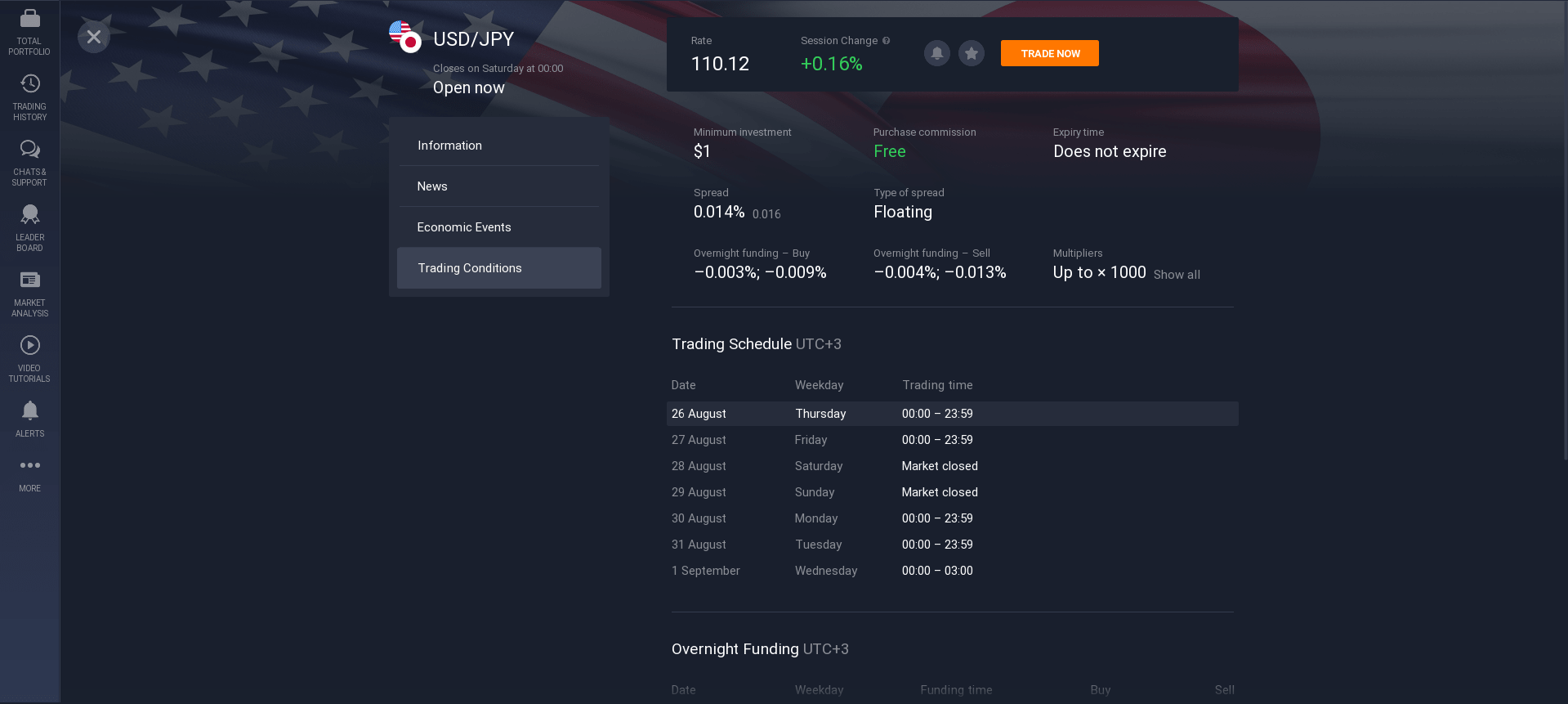
As you move forward during the swing session, market volatility will increase. Volatility is considered an indicator of future market opportunities. The volatility of swing trades is much higher than the volatility of long-term or swing trades, so you can expect small gains or losses throughout the trading range.
The best time to trade is when the market is closed, as you have the most control over risk. However, you must be prepared to monitor the market to recognize trends and changes before they happen. Also, be prepared to make trades at any time, even while you sleep. Some people get pretty good results when they are awake, and are able to maintain a consistently winning currency pair throughout the trading session.
There is no exact time at which you should trade. In fact, it varies from trader to trader, as everyone has their own level of risk aversion and goals. A good rule of thumb is that you should trade from 1 p.m. after the close of the local time zone for the markets you are interested in.
In conclusion, there is no set time to make profitable trades. It will depend on the characteristics of the markets you have chosen, such as liquidity, volatility and your level of risk aversion. With proper money management and a disciplined approach, you can improve your trading performance and generate more profits. If you have enough time, you can open several currency pairs and run several sessions.
Trading time frames
Many traders don't know the difference between M1, M15 and M30. Timeframes in the market can be a bit confusing, but it doesn't have to be that way. Knowing the difference between M1, M15 and M30 will allow you to make trades according to your trading style and risk appetite. Also, knowing which time frame is most appropriate for you will help you optimize your trades.
M stands for the measure of the minute, its action and measurement. Time frames are usually classified as long-term, medium-term and short-term. Most traders are able to trade on longer time frames, but most scalpers prefer to stick to M (minute) time frames because they are easier to understand and more specific. Although there are M's that overlap with other time frames, M1 is usually the most accurate and least ambiguous of the three.
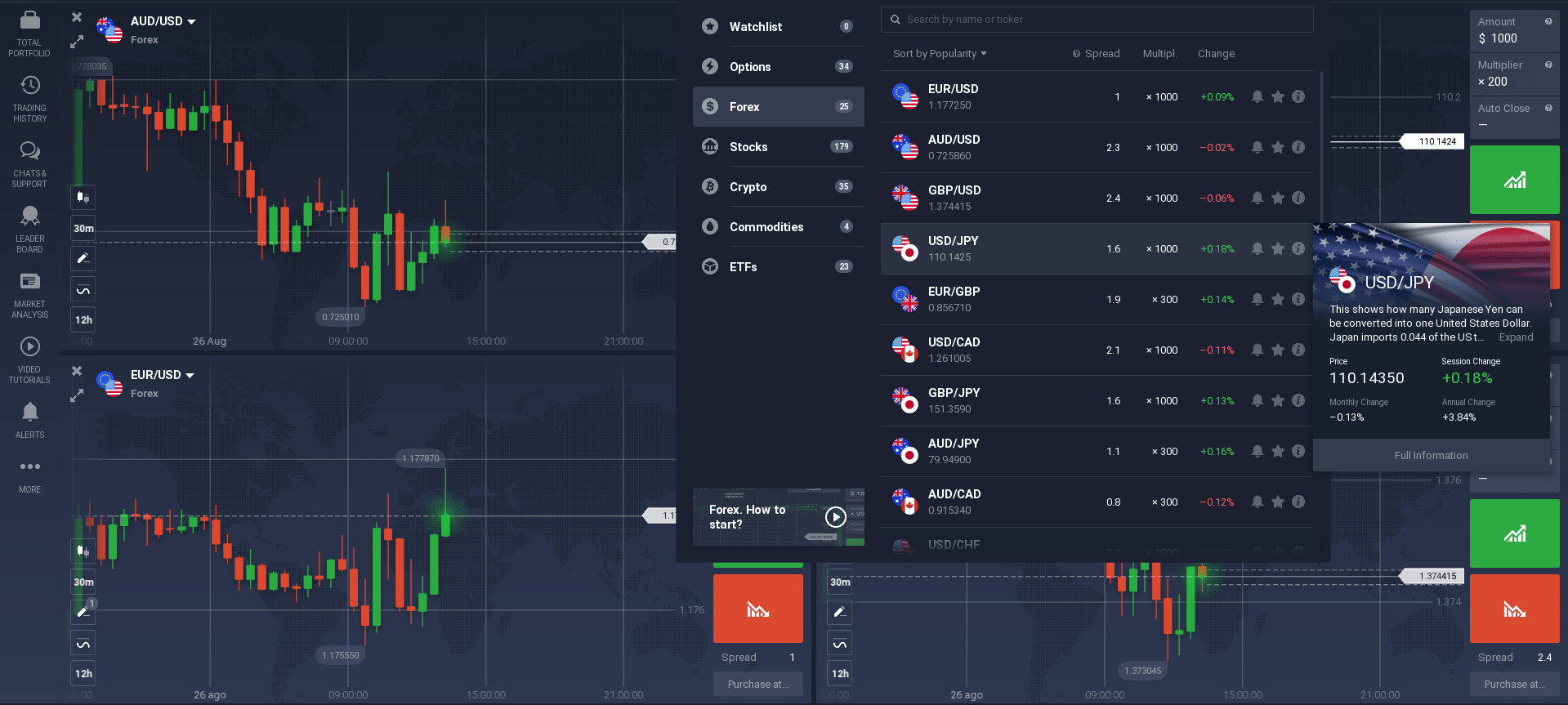
Short-term traders are usually thought of as day traders. However, this is not entirely true. There are a number of different characteristics that define short-term traders. Some of the characteristics that characterize a short-term trader are: they are extremely active in their trades, they don't have a lot of time to make trades, and they don't have a lot of knowledge about the underlying financial market. By learning more about the characteristics of a short-term trader, you can better determine whether trading options or stocks is better for you.
H means hour, you will be able to find H1(1 hour) and H4(4 hours) on your platform. These timeframes are also used by short-term traders. The H4 is the most popular time frame at the moment.
Trading strategy
A trading plan is essentially an investment methodology by which a trader makes long and/or short trades in hopes of making a positive profit. Trade plans are made with the expectation of increasing capital, not out of desperation to win in the short term. In today's financial markets, a "short-term" trader can trade in hopes of making some money over a short period of time. Many investors use a "short-term" trading plan to trade small amounts of underlying stocks to build capital. Alternatively, some long-term investors may use a long-term trading plan to make money consistently, perhaps for many years.

Short-term trading is sometimes used when one does not have the time or experience to analyze and evaluate short-term trends in individual stocks. The short-term investor usually does not have the patience to watch the market day after day, waiting for a particular trend to reverse. Consequently, short-term investors must be able to exit a position quickly. Short-term traders can buy and sell individual stocks or invest in other funds.
It is important for short-term investors to understand that they can lose money in the markets if their strategy does not work. Short-term traders should avoid investing money they cannot afford to lose, and only enter a position if they have any confidence. Some traders lose money in the short term because they choose investments with low prices. Other short-term traders lose money in the markets because they do not have an effective long-term trading strategy.
There are two main components of good short-term trading strategies: technical analysis and money management strategies. Technical analysis is the study of stock charts and the history of specific assets. This analysis can help traders determine which assets will perform well and which are likely to perform poorly. They also use technical analysis to determine their maximum trading losses.
Capital management strategies are an important aspect of successful trading in the market. Traders should use trading strategies that reduce risk, increase portfolio returns, and minimize risk exposure as much as possible. Ideally, traders should have long-term and short-term price/value analysis strategies. Ideally, they should have a long-term day swing trading strategy with them. To achieve the above goals, traders should minimize their risk when holding a long position and maximize their profits when trading the market.
Effective long-term strategies include a strong entry strategy, an exit strategy, and a money management strategy. Entry strategies help traders enter a trade by locking in a profitable price target and setting a stop loss. Exiting a trade at the right time is critical to long-term success. Traders should always hedge their positions when exiting a trade. This is done by selling a short position before the price reaches the target level to reduce exposure. A money management strategy is a combination of an entry strategy and an exit strategy.
Some of the most common money management strategies include a day trading strategy. The day trading strategy is the most widely used strategy in the market. This strategy involves buying and selling currency pairs from morning to evening. In the early hours, traders buy at low prices and sell at high prices. In the late hours traders buy at high prices and sell at low prices. Traders do not hold positions overnight, but hold them for one day.
Successful day traders incorporate various methods of technical analysis into their trading strategies. These methods include moving average convergence-divergence (MACD), oscillators, moving average convergence or divergence (MACD), simple moving average, relative strength index (SMA), momentum indicators, technical indicators and trend lines. Trading strategies that incorporate these different methods and charts can be very successful in the markets.
Features of the currency pair USD/JPY
The relationship between the U.S. dollar and the Japanese yen (usually USDJPY) can be determined by examining the characteristics of the currency pair. The characteristic of a currency pair is a determining factor for the strength and direction of the currency against another currency. The feature is one of the main determinants of the underlying asset and is used to determine the direction of the market price.
The maximum amount of loss per year on a trade when the difference between the prime rate and the target rate is the largest amount during a particular time period. Trades often involve large trades involving multiple currencies. The historical maximum loss is based on estimates, historical volatility and historical highs and lows. On the other hand, if the current market price of the U.S. dollar is greater than or equal to the historical maximum loss over a given period, a trader can gain an advantage by buying the undervalued Japanese yen.
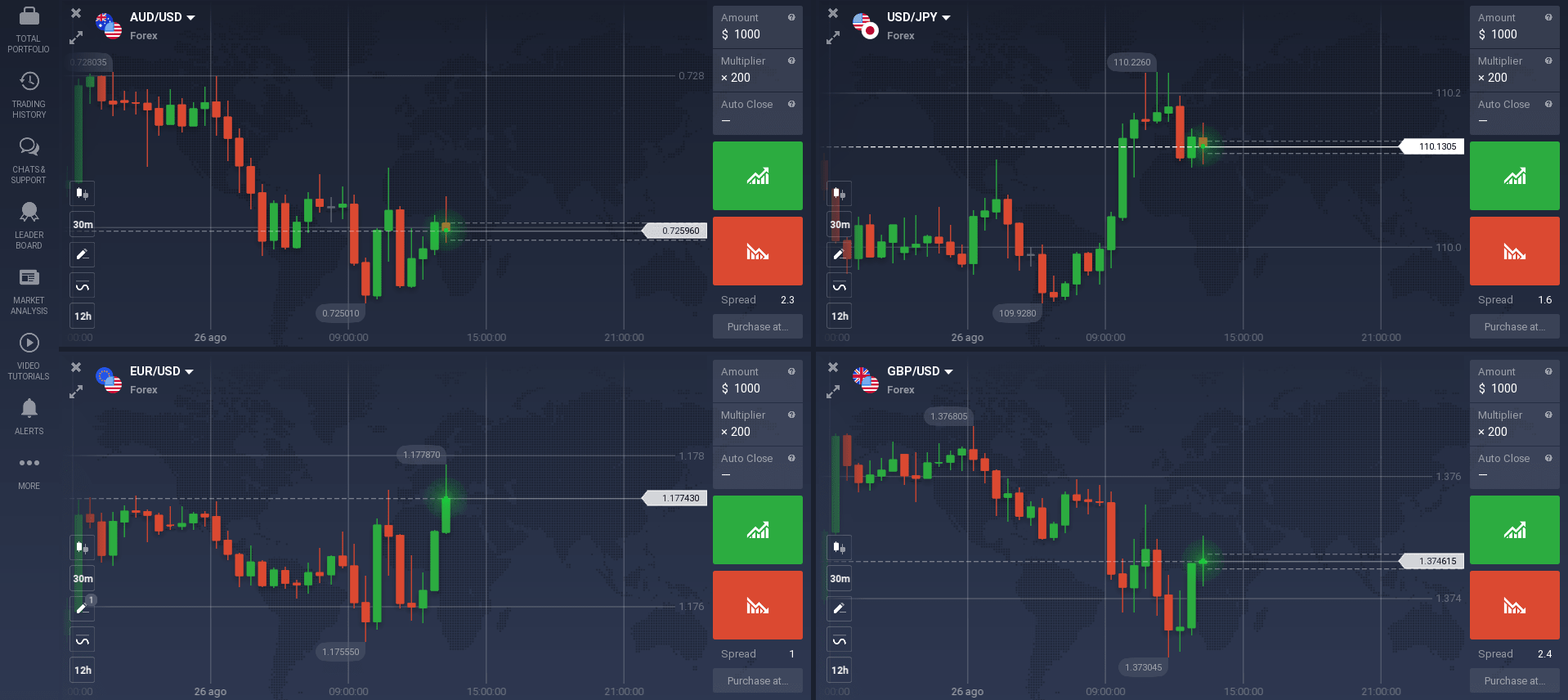
The level of volatility of currency pairs' prices is usually very high at certain periods of time. The volatility level shows how often the pair's prices change. The most volatile currency pairs usually experience sharp rises and falls over several days. Such rapid price changes are caused by various economic factors around the world. For a currency pair to undergo such rapid fluctuations, a stable economic backdrop is usually required.
The political atmosphere, the economic environment and monetary policy play an important role in the movement of the market price. A country with a strong economy is likely to have a stable market price. Conversely, a country with a poor economy is less likely to have a stable market price. The more government intervention in the economy, the higher the market price. Conversely, a low economy provides a favorable environment for foreign exchange trading.
Another aspect of the characteristics of currency pairs is their cash flow. The exchange rate between two currencies can vary depending on whether buyers and sellers can settle at the same rate. The direction of price movements also depends on whether brokers or dealers are open to provide settlement.
Currency trading involves the use of money for the purpose of investment. Therefore, it requires careful money management. Some pairs may require more money to trade due to high leverage. Such pairs are known as "high leverage" trading pairs. Such trading strategies are often used by investors looking for opportunities in less stable currencies. But there are times when they find themselves in a position where they lose a lot of money.
A good trading strategy is one that helps you win more often than you lose. A trader should be able to analyze the situation and determine which pairs will rise and which will fall. Then he should create an effective trading plan. Most experienced traders prefer to develop a trading plan using technical and fundamental analysis. They base their strategies on price history and indicators that tell them when to buy and sell. Traders also pay attention to the volatility of price charts.
Successful currency trading often involves constant research. Experts and experienced traders are constantly researching different movements in pairs. They also keep track of global news and events. A good trading plan always includes fundamental and technical analysis. Thanks to it, you will be able to manage risks, maximize profits and prevent losses from your trades.
How to start trade USD/JPY in the UAE
There are many reasons why people would want to trade in the UAE. This country has a very stable economy, making it one of the most viable options for investment. The country's political stability has also contributed to its attractiveness to foreign investors.
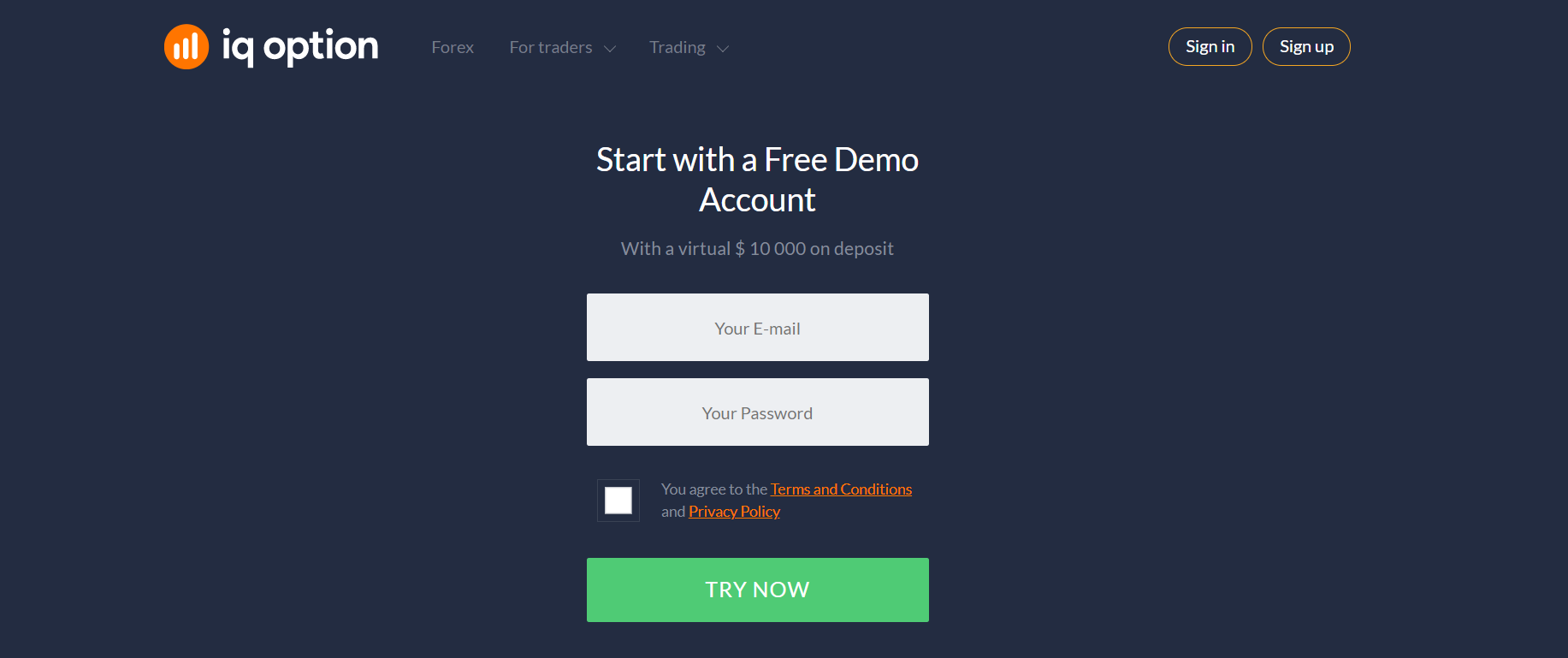
In terms of types of currency, the main economic interest is in oil and gas. As we all know, the price of oil fluctuates a lot, which sometimes leads to an increase in the value of a particular currency and sometimes leads to its depreciation. Therefore, if you are planning to trade or invest in the foreign exchange market, you should consider exchanging your local currency for a stronger currency such as USDJPY.
You should find the right broker on popular search engines, but keep in mind that not all brokers are created equal. Do a little research before choosing one. It would also be wise to ask recommendations from your family members and friends who have already traded in the foreign exchange market. Feedback about their experiences can be really helpful.
Once you have chosen a reputable and reliable online broker, you should go through the registration process, without it, you will not be able to fund your account and start trading.
You have to learn how to trade currencies such as the US dollar. You can learn how to trade currencies by using the demo four. This is a good way to practice trading and gain experience. Also, if you become a pro on the currency market, you will soon be able to understand the trends of the currency market and determine where the trend may lead you in the future.




